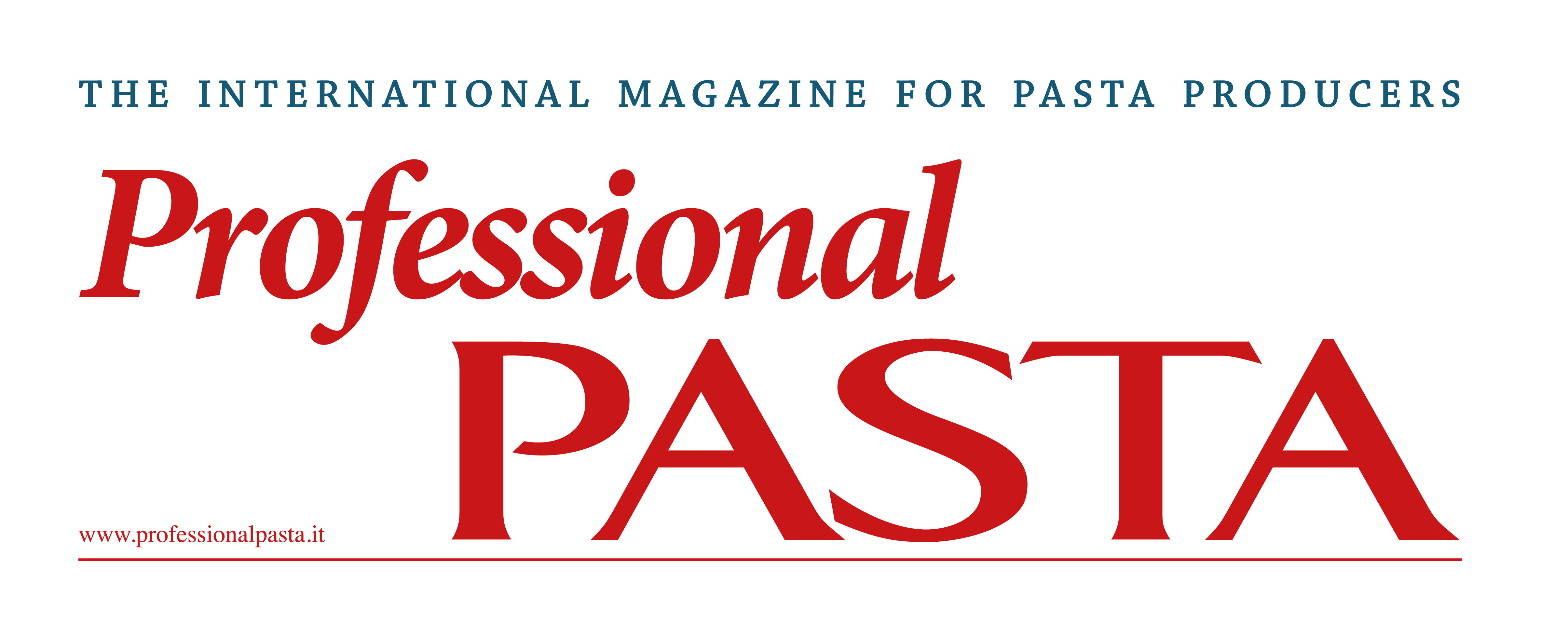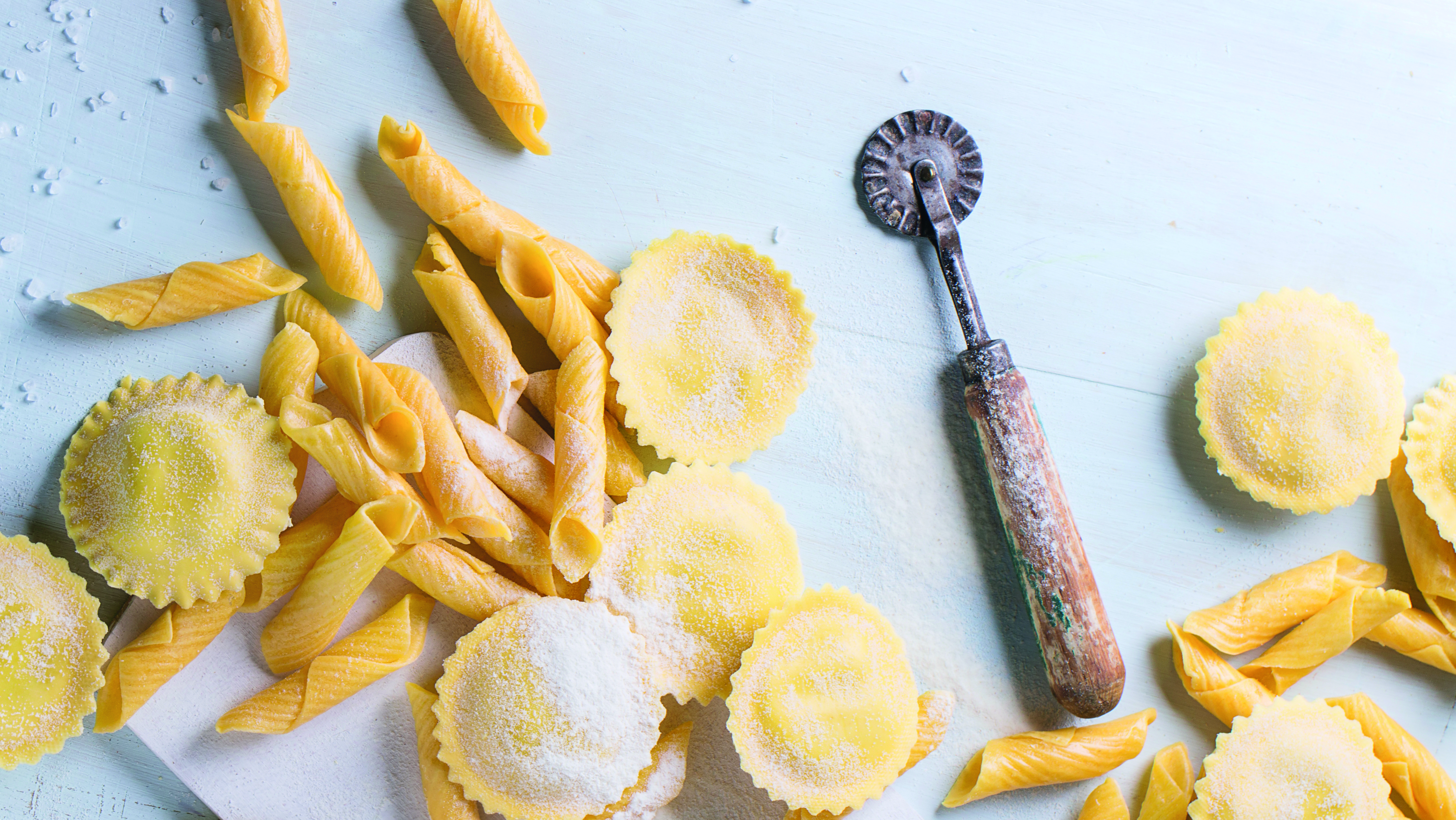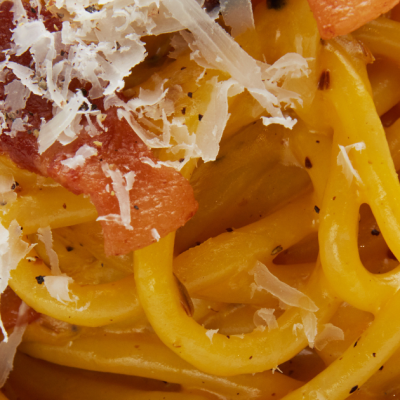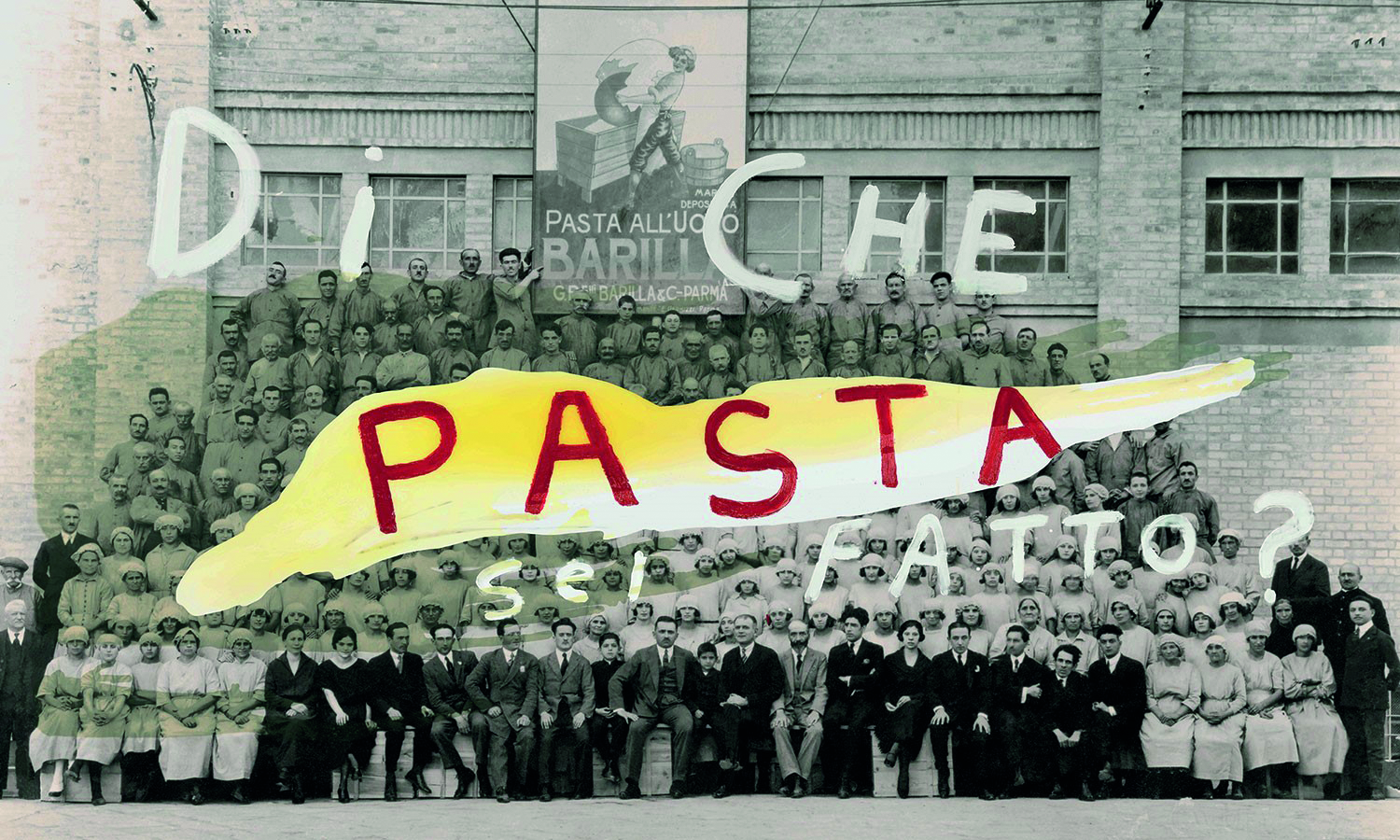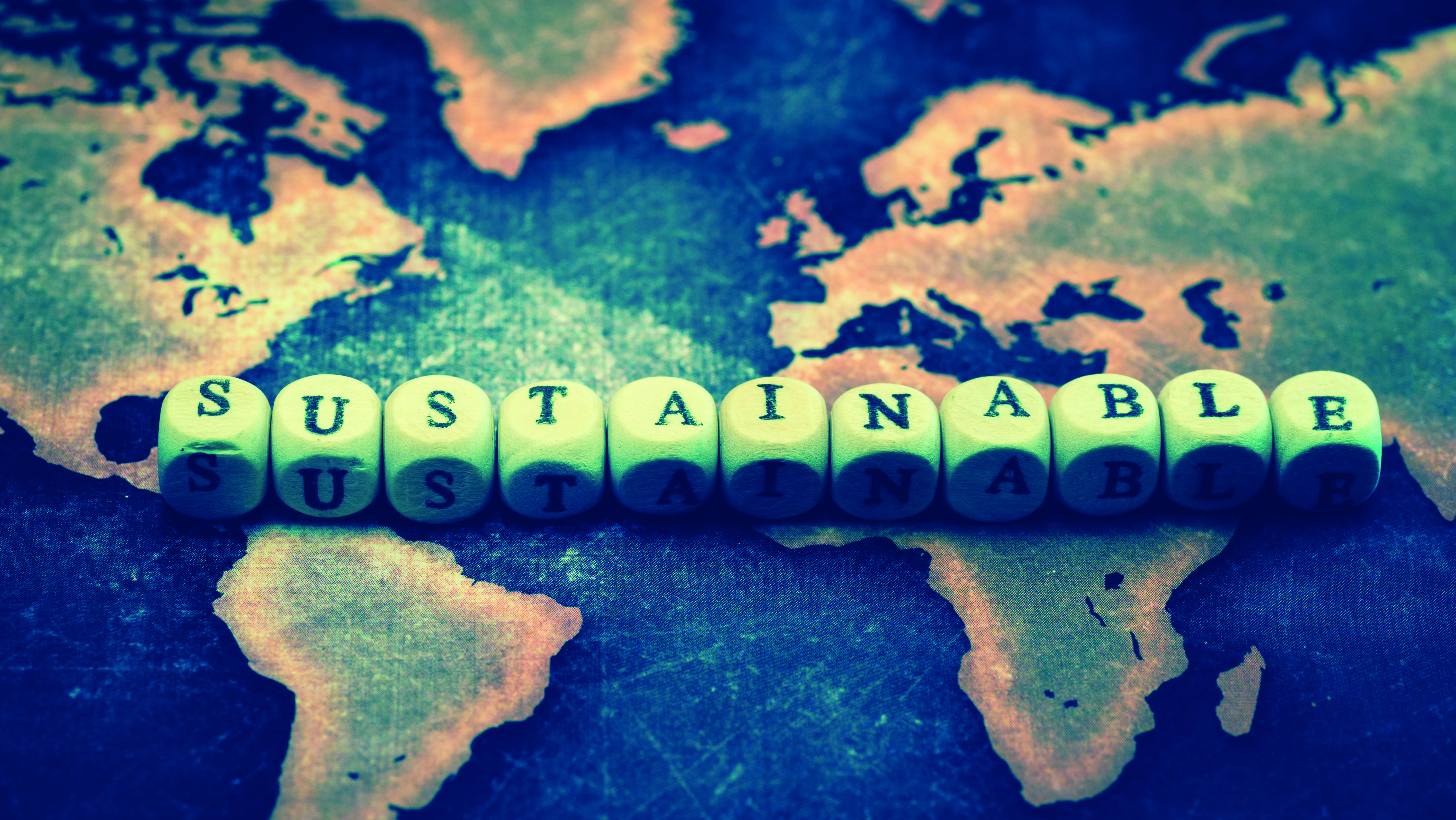Sustainability trends in pasta packaging
With the adoption of the European Strategy for Plastics in a circular economy in 2018, the Commission lays the foundations to a new economy, where the design and production of plastics and plastic products take place in a sustainable way, meeting reduction, repair, reuse and recycling needs, concepts at the heart of the waste hierarchy, the circular economy and the beating heart of the European Green Deal, which will contribute to reaching the Sustainable Development Goals 2030.
The packaging of food products, including pasta, plays a fundamental role, as it protects the product, ensures its preservation over time, makes it possible for it to be consumed at a later date than the date of production and has an essential communication function. Today, packaging must meet new needs that are related to environmental, social and economic sustainability. For food companies, using sustainable packaging means redesigning the whole supply chain to reduce its environmental impact. From this perspective, the key innovation appears to be the use of
biodegradable, recyclable and renewable materials, primarily paper and cardboard. Just few weeks ago the “blue box,” the new packaging of Barilla’s classic pasta shapes, won the Best Packaging Award 2023. No more transparent plastic window, 100% recyclable packaging produced with cardboard from responsibly managed forests, showing Barilla’s commitment to sustainability and the development of solutions aimed at reducing its impact on the planet. However, there are several successful “case histories” on the market and packaging reengineering paths undertaken in
recent years by Italian food companies, including pasta producers. Generally speaking, the guiding principle to be inspired by is “Reduce, Reuse, Recycle:” reduce waste, use recycled materials or design the packaging so that it can be recycled.
Let us retrace some of these “case histories” together. Since 2021, La Molisana has been using a type of material for the pack that can be disposed of with paper and comes from paper mills participating in the Forest Stewardship Council (FSC) programme. In order to protect the pack and the product, a very thin plastic film is inserted in the inner layer that respects the parameters for paper disposal and is mechanically decoupled once more during recycling.
Subscribe to the magazine to read the full article

